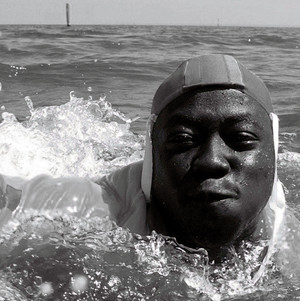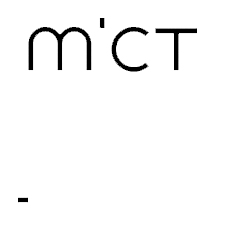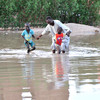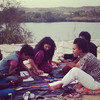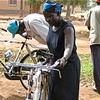How to halt Guinea-worm disease?
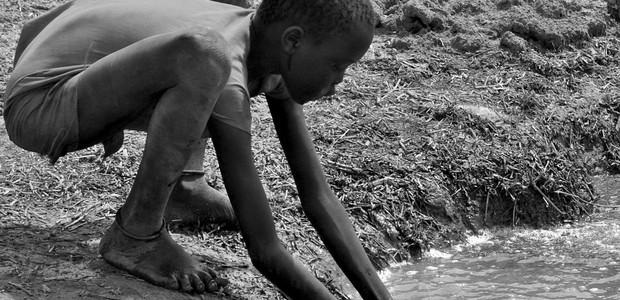
In the 1980s there were millions of cases across around 20 African countries, but now it is only found in South Sudan and three other African countries.
The disease, also known as Dracunculiasis, is generally spread when people drink water containing water fleas, which have been infected by guinea worm larvae. For a year, there are no symptoms but then the affected person develops a painful swelling as the female worm forms a blister in the skin, often on a leg. It takes a few weeks for the worm to emerge.
The disease spreads due to people using open, stagnant water sources, often man-made, such as ponds and sometimes shallow or step wells.
As the larvae inside water fleas survive only for up to four months, the disease can only carry on in an area if it affects humans.
The World Health Organisation (WHO) says the painful condition could be wiped out if villages adopted the following measures:
1. Effective surveillance to detect all cases within 24 hours of worm emergence and containment of all cases;
2. Ensuring access to safe drinking water and converting unsafe sources to safe ones;
3. The construction of copings around well heads or the installation of boreholes with hand pumps, which would prevent not only Dracunculiasis but also diarrhoeal diseases;
4. Regular and systematic filtering of drinking water from ponds and shallow unprotected wells or from surface water with finely meshed cloth or, better still, a filter made from a 0.15 mm nylon mesh, which is all that is needed to filter out the cyclops from the drinking water;
5. Treatment of unsafe water sources to kill the cyclops;
6. Health education and social mobilisation to encourage affected communities to adopt healthy drinking water behaviour.
(With information from The World Health Organisation (WHO) and The Carter Center)
